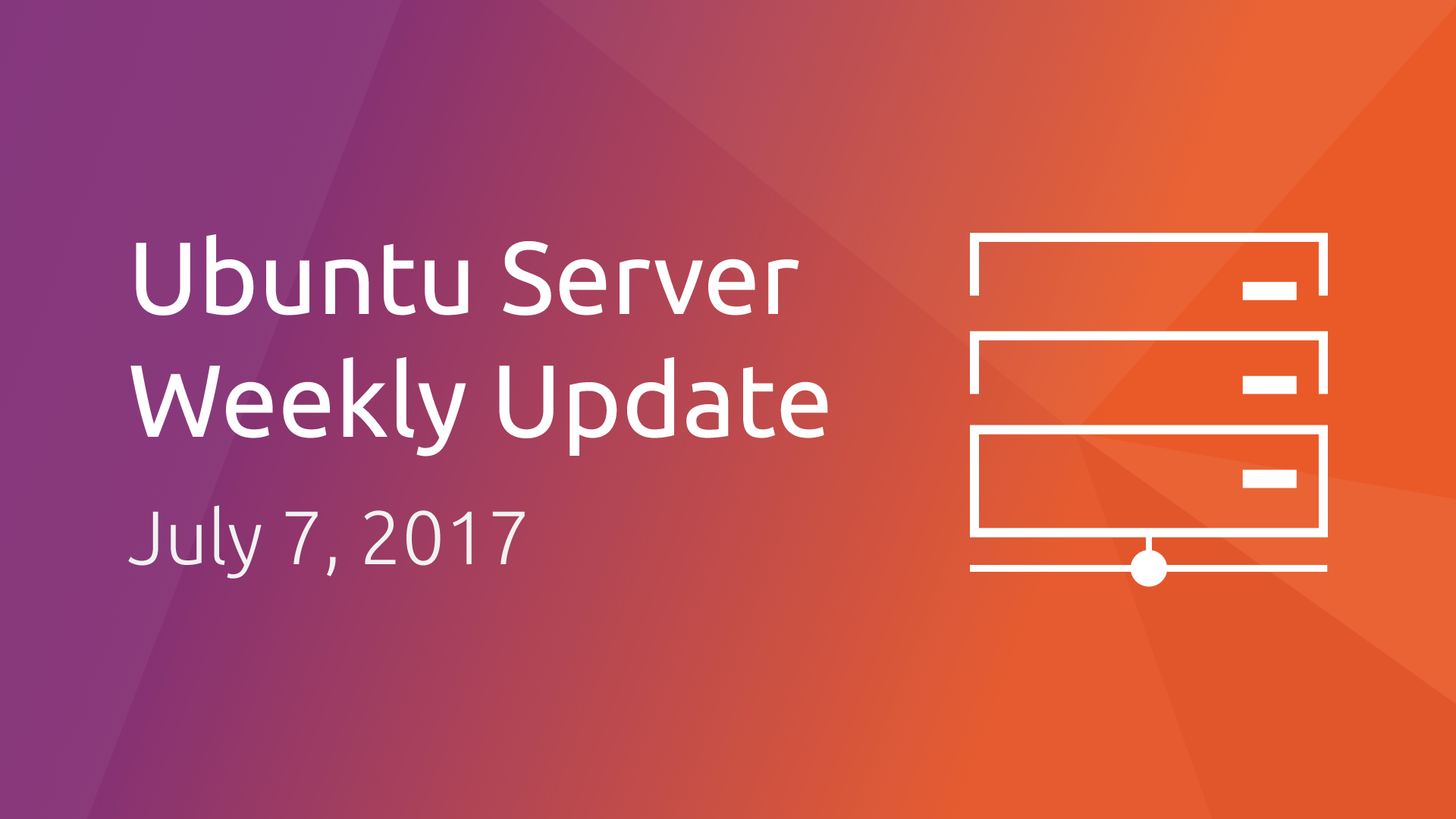

… :~# pvresize /dev/sda3ġ physical volume(s) resized / 0 physical volume(s) not resizedĪt this point I tried using lvresize but couldn’t get it to work.

#UBUNTU SERVER VDI UPDATE#
Information: You may need to update /etc/fstab. Then I finally started the procedure: :~# parted This was followed by me checking and re-checking information using fdisk and df -h to make sure I was understanding the current situation. Number Start End Size File system Name Flags Sector size (logical/physical): 512B/4096B Welcome to GNU Parted! Type 'help' to view a list of commands. The first command I learnt / used in parted, was just used to print the partition information: :~# parted Please note however I diverted slightly from these steps. “First you need to run parted and use its resizepart command to expand the partition to use the whole disk, then run pvresize to tell LVM about the new space, then run lvresize to grow the logical volume, and finally resize2fs on the logical volume to grow the filesystem to use the new space. The instructions as per Stack read something like: The one set of instructions referred to starting this process using parted, so parted log is below. Sector size (logical/physical): 512 bytes / 4096 bytes Sector size (logical/physical): 512 bytes / 512 bytes The other 1GB is used in the boot volume and the BIOS boot :~# fdisk -lĭisk /dev/loop0: 88.5 MiB, 92778496 bytes, 181208 sectors As you will see from the output below, there is 24G on the /dev/sda3 volume. Next confirm in Linux that there is actually a lot more space available.

In the output below, note the / (root) volume only has 3.9 GB disk space: :~$ df -hįilesystem Size Used Avail Use% Mounted on Complete Steps and ExplanationĬonfirm there is a limited amount of disk space. If you just want to see how a 50 GB to 100 GB Resizing event goes, scroll to the end of the article. resize2fs /dev/mapper/ubuntu–vg-ubuntu–lv.lvextend -l +100%FREE /dev/mapper/ubuntu–vg-ubuntu–lv.resizepart, Fix, 3, 100% (type this instead), quit.fdisk -l (note it’s partition 3 by looking at the current Size).In fact, even with EXT4 and a VM it’s easy to resize online. At this point, it’s important to point out that the root volume’s name is /dev/mapper/ubuntu-vg-ubuntu-lv as this will be used in multiple places in this document.īecause LVM was chosen, you are in good luck as LVM partitions can be resized online, so no downtime is required. Only 3.9 GB available on the root volume. Sudo growpart /dev/sda 2 (your partition number) The actual commands for this scenario is: If you’re using Ubuntu and VMWare and you don’t have LVM, you might be able to skip the pvresize command and substitute lvextend with growpart instead. The guide is quite specific to LVM and Ubuntu and running an actual Virtual Machine guest. This procedure works for any Ubuntu file system that has been formatted with LVM, and has also been tested on a Proxmox server. Disk was set to 25GB on install, and LVM was chosen. Disk was set to 25GB on install, and LVM was chosen.īackground Hyper-V server with fresh Ubuntu installed. Hyper-V server with fresh Ubuntu installed.GPG keys allow you to verify and communicate with the VirtualBox repository.
#UBUNTU SERVER VDI INSTALL#
It allows you to add new software repositories.Įnter the following into a terminal window: sudo apt-get install software–properties–common Install GPG keys The software-properties-common package is required to run Virtualbox on Ubuntu. This process is more in-depth but installs the most recent version of VirtualBox on Ubuntu. They may work for test environments, but some users need the latest security or functionality patches. Often the default repositories do not have the latest versions of the software. Option 2: Installing VirtualBox from Oracle’s Repositories The Extension Pack enhances VirtualBox by adding USB 2.0 and 3.0 support, remote desktop, and encryption.


 0 kommentar(er)
0 kommentar(er)
